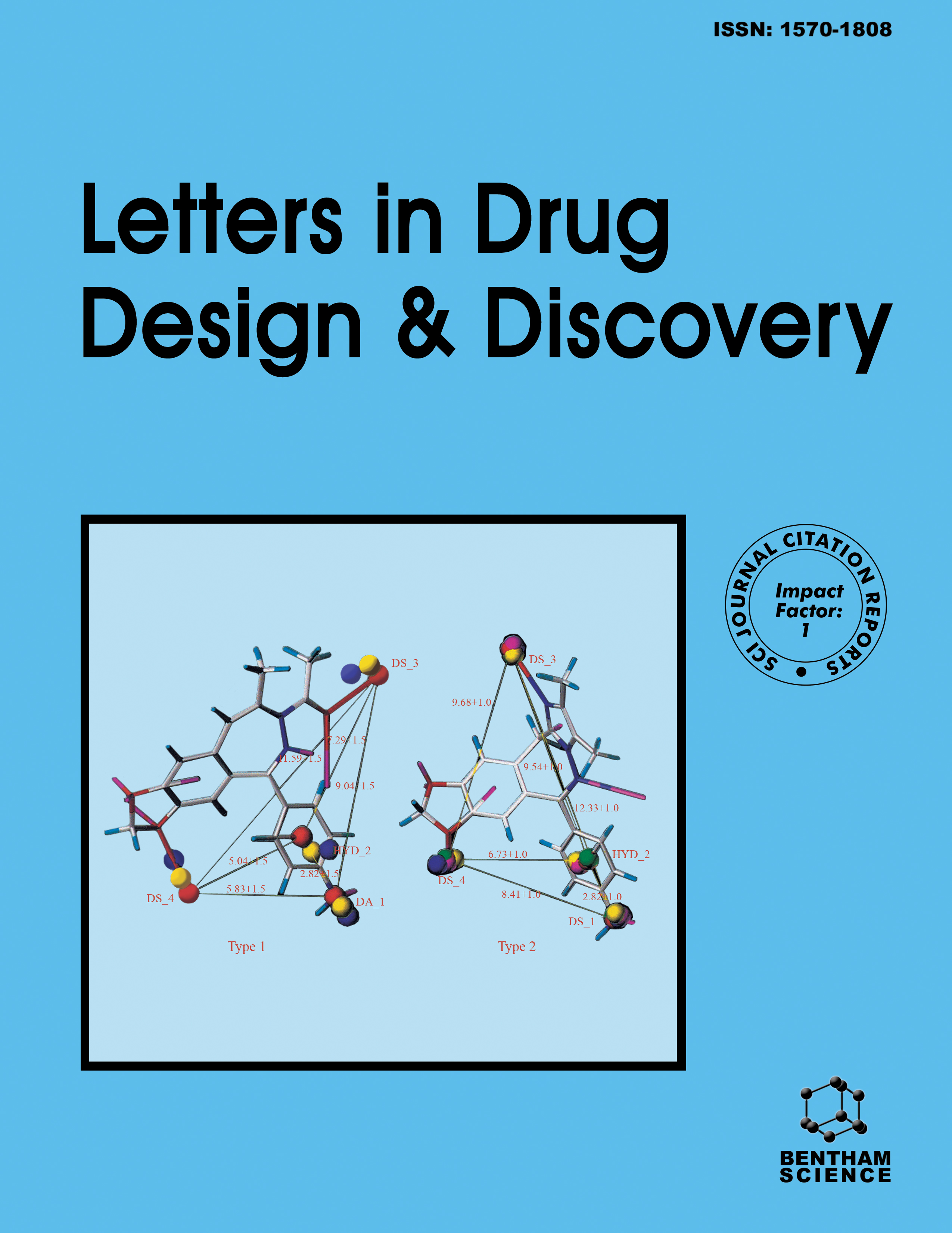
Full text loading...
We use cookies to track usage and preferences.I Understand
Statistical physics (SP) formalism in medicine involves applying concepts and methods to study biological systems and medical problems. It is an interdisciplinary field that combines physics, mathematics, and biology to analyze complex biological processes at molecular, cellular, and tissue levels. The goal of SP in medicine is to gain insights into biological systems' mechanisms and develop new strategies for diagnosing and treating diseases. SP is used in drug discovery, disease modeling, medical imaging, and the study of pharmaceutical systems in pharmacy. SP is applied to understand the anticoagulant properties of substances by modeling interactions between blood components and studying blood properties affecting coagulation. For antiviral drugs, SP models simulate interactions between antiviral molecules, virus particles, and other biological components to optimize drug efficacy. SP models are also used in studying antifungals, antibiotics, and anticancer drugs to understand drug behavior in complex systems and improve treatments. In PS, mathematical models are used for drug absorption, dosage regimens, target-mediated drug disposition, population pharmacokinetics, and physiological-based pharmacokinetic modeling and simulation (PBPK). In rheology, SP is applied to study the flow and deformation of materials like liquids and semi-solids. In understanding physicochemical principles/processes, SP helps predict and explain the behavior of systems with many particles, such as solutions, solubilization, and adsorption. For drug delivery systems, SP is used to study drug transport and distribution in the body, improving drug efficacy and safety. Metal nanocomposites are studied using SP to understand their behavior as antibacterial agents and anticoagulants. SP models predict the mechanical, electrical, and thermal properties of metal nanocomposites for various applications.

Article metrics loading...

Full text loading...
References


